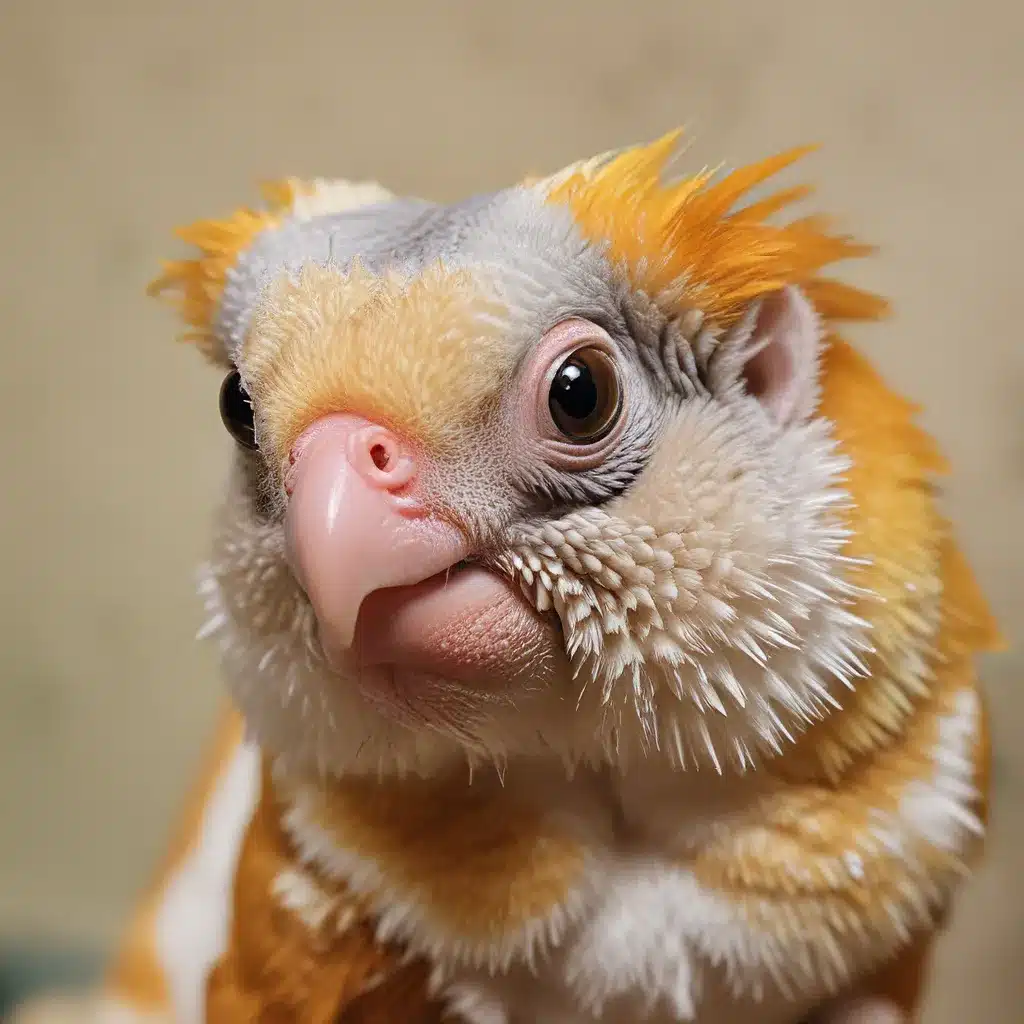
Have you ever wondered about the legality of bringing your exotic pet to visit Grandma at her assisted living facility? I mean, sure, Grandma loves Snuggles the Sugar Glider, but does the facility even allow that kind of thing? Buckle up, folks, because we’re about to dive headfirst into the wild and winding world of exotic pets and assisted living facilities.
The Exotic Pet Conundrum
When it comes to exotic pets, the rules and regulations can be as slippery as an oiled-up eel. In the state of North Carolina, the North Carolina Wildlife Resources Commission (NCWRC) has a firm grip on what’s allowed and what’s strictly off-limits. Think big cats, non-human primates, and the like – those are a hard no-go. But what about the more, shall we say, eccentric choices, like hedgehogs and sugar gliders? Well, my friends, those furry little friends might just be your ticket to exotic pet ownership.
According to the Curcio Law Group, these seemingly harmless critters are not considered prohibited exotic species in the Tar Heel State. However, that doesn’t mean you can just waltz in, plop your sugar glider on Grandma’s lap, and call it a day. Nope, there may still be some hoops to jump through, like obtaining the proper permits and licenses. And let’s not forget about the specialized care and handling these exotic pets require. It’s a whole different ballgame compared to your run-of-the-mill Fido or Fluffy.
The Assisted Living Conundrum
Now, let’s shift our focus to the world of assisted living facilities. These havens of care and comfort for our beloved elders are often teeming with rules, regulations, and red tape. And when it comes to the inclusion of exotic pets, things can get a bit, well, complicated.
The Americans with Disabilities Act (ADA) has some specific guidelines when it comes to service animals in public places, including assisted living facilities. However, the definition of a service animal is quite narrow, typically only encompassing dogs and miniature horses. Exotic pets? Not so much.
So, where does that leave Grandma and her sugar glider sidekick? Well, it’s a bit of a legal gray area, my friends. Assisted living facilities may have their own set of policies and procedures when it comes to allowing (or not allowing) exotic pets on the premises. And trust me, navigating those waters can be trickier than a mongoose in a snake pit.
Bridging the Gap
Alright, let’s say you’ve got your heart set on bringing your exotic pet to visit Grandma at her assisted living facility. How do you even begin to tackle this legal labyrinth?
Step 1: Research, research, research. Get to know the specific laws and regulations in your state, as well as the policies of the assisted living facility. Curcio Law Group’s guide on exotic pet ownership in North Carolina is a great place to start.
Step 2: Consult the experts. Reach out to legal professionals who specialize in animal law and regulations. They can provide personalized guidance based on your unique circumstances and help you navigate the complex web of laws and requirements.
Step 3: Communicate, communicate, communicate. Keep the lines of communication open with the assisted living facility. Work closely with them to address any concerns they may have and find a solution that works for everyone involved.
Step 4: Be a responsible pet owner. Ensure your exotic pet is well-cared for, properly trained, and poses no risk to the residents or staff of the assisted living facility. Demonstrate your commitment to being a responsible and conscientious pet owner.
Step 5: Embrace the unexpected. Even with all your preparation and diligence, there’s always the possibility of curveballs. Stay flexible, adaptable, and ready to pivot as needed. After all, that’s half the fun of being an exotic pet owner, right?
The Bigger Picture
Now, let’s take a step back and look at the bigger picture. Exotic pets and assisted living facilities – it’s a curious intersection, to be sure. But when you really think about it, it’s all about finding that delicate balance between individual freedom, public safety, and the wellbeing of our furry (or scaly) friends.
The National Park Service puts it beautifully: “The National Park Service will preserve and protect the natural resources, processes, systems, and values of units of the national park system in an unimpaired condition to perpetuate their inherent integrity and to provide present and future generations with the opportunity to enjoy them.”
Substitute “national park system” for “assisted living facilities,” and you’ve got a pretty good guiding principle, don’t you think? It’s all about preserving the inherent integrity of these spaces, while still allowing for meaningful and appropriate opportunities to enjoy them.
So, as you navigate the legal landscape of exotic pets and assisted living facilities, remember: it’s not just about the rules and regulations. It’s about finding that sweet spot where everyone – the residents, the staff, the exotic pets, and even Grandma – can coexist in harmony.
Who knows, maybe one day, we’ll see a whole fleet of sugar gliders zipping around the halls of assisted living facilities, bringing joy and laughter to all who behold them. A girl can dream, right?
In the meantime, stay curious, stay diligent, and don’t be afraid to get a little wild (but, you know, within the bounds of the law). After all, life’s an adventure, and exotic pets are just one more way to spice things up. So, what are you waiting for? Go forth and explore the wonderful world of exotic pets!

